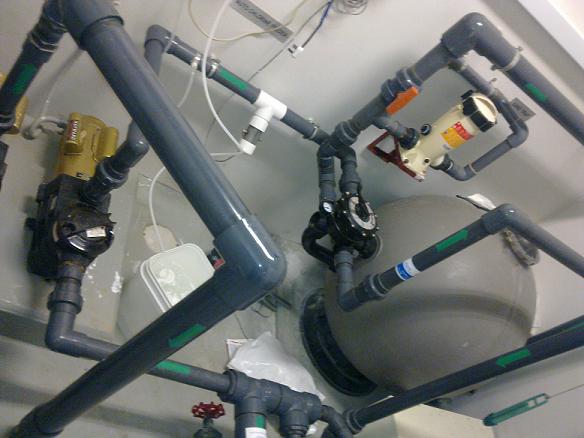
Chlorination Methods
Chlorination Procedure
An amount of 20 gms of bleaching powder is required to disinfect 100 gallons of water.the measured quantity should be first mixedproperly with 5 gallons of water in a bucket and the solution should be allowed to settle. The supernatant solution should then be added in well or...







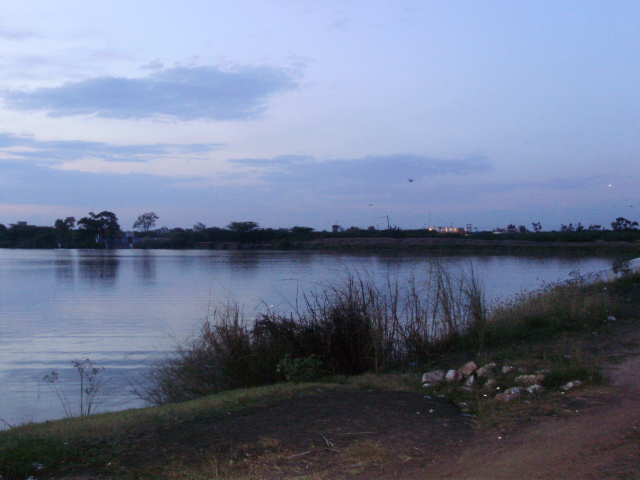
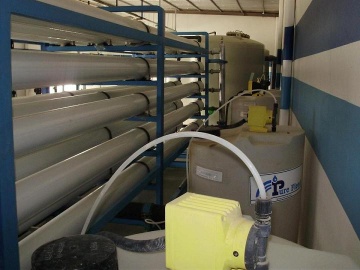
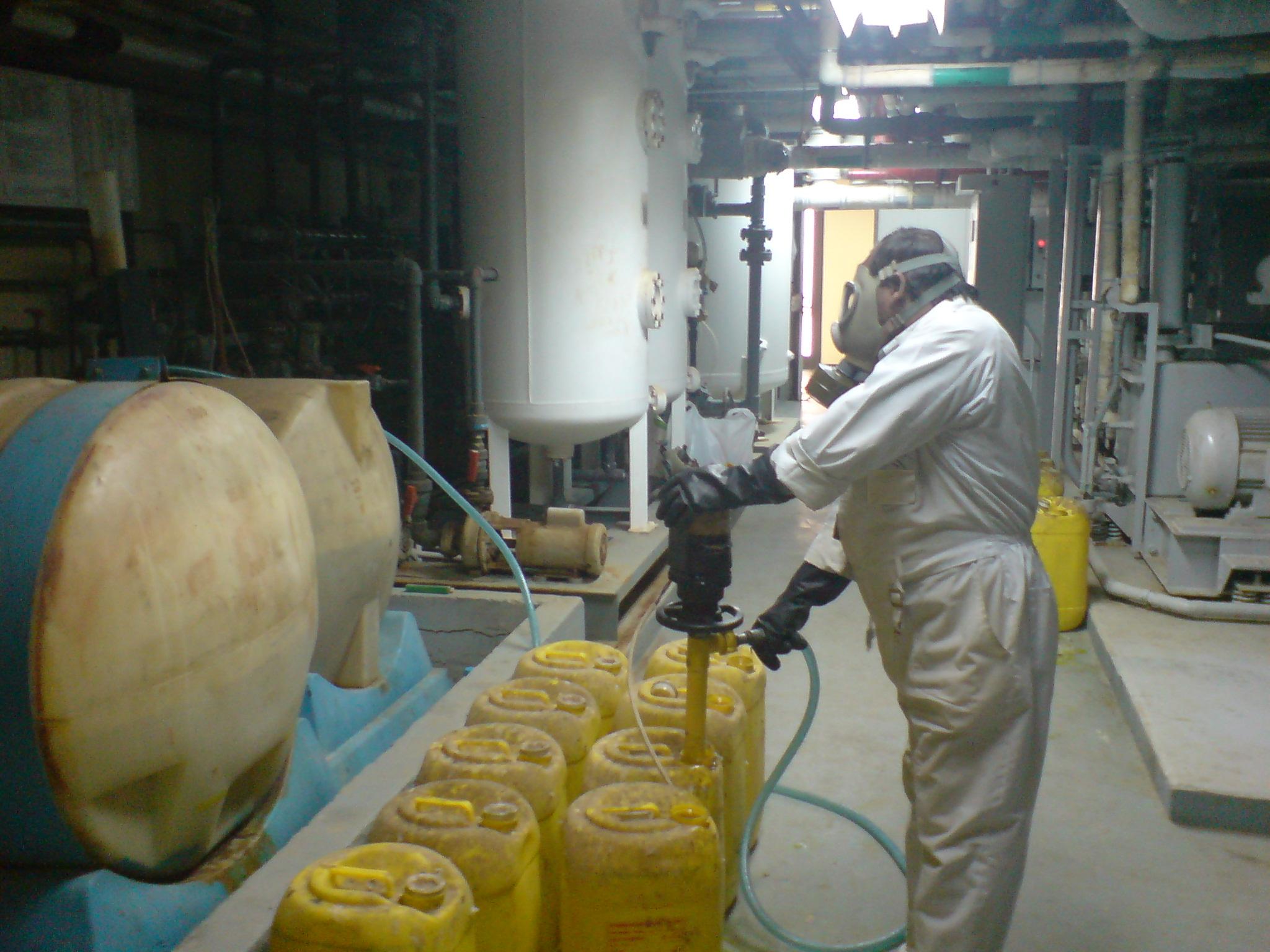

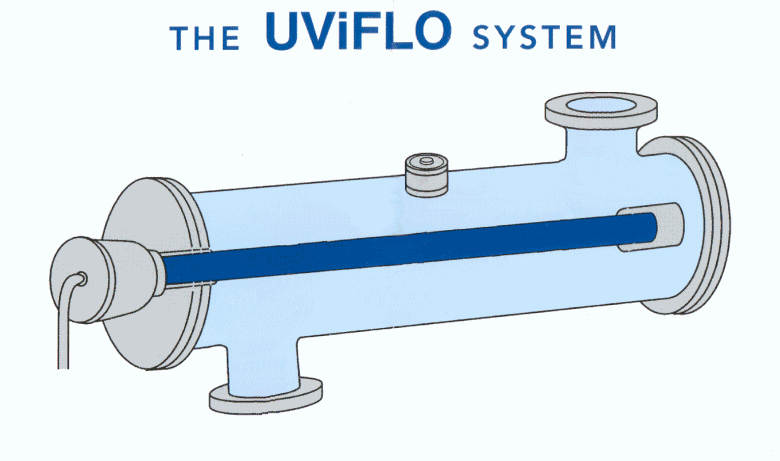

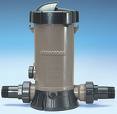
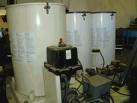
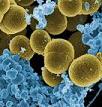

 LIKE TO GET UPDATES
LIKE TO GET UPDATES  TO GET EXPERT GUIDE
TO GET EXPERT GUIDE